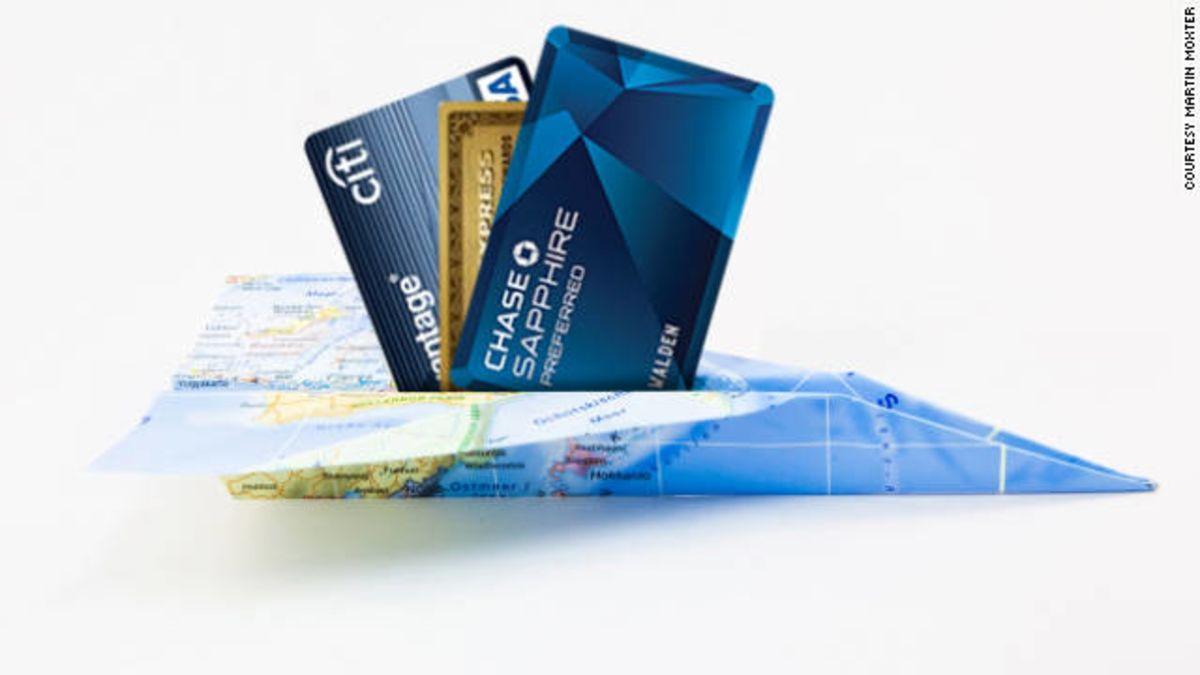Travel Credit Card Market Analysis: Trends, Growth Drivers, Challenges, and Future Opportunities Ahead

The travel credit card market has evolved significantly in recent years, driven by the increasing globalization of work and leisure travel, the growing spending power of millennials and Gen Z, and a rising preference for rewards-based payment systems. As consumers increasingly prioritize experiences over possessions, travel credit cards have emerged as a key financial tool offering unique value propositions such as airline miles, hotel discounts, airport lounge access, and foreign transaction fee waivers. This article presents an in-depth analysis of the current dynamics, opportunities, and future outlook of the global travel credit card industry.
Market Overview
The travel credit card market is part of the broader credit card industry but distinguishes itself by offering rewards specifically targeted toward travel-related purchases. These may include airline tickets, hotel bookings, car rentals, travel insurance, and dining at international locations. Leading market players such as American Express, Chase, Citibank, Capital One, and HSBC have introduced highly competitive products that cater to different customer segments—from frequent international travelers to casual vacationers.
According to industry estimates, the global travel credit card market was valued at over USD 20 billion in 2024, and it is projected to grow at a compound annual growth rate (CAGR) of around 8% through 2030. This growth is fueled by increased global travel post-COVID, rising disposable income in developing markets, and the digital transformation of the banking sector.
Key Market Drivers
1. Surge in International Travel
The resurgence in business and leisure travel after the pandemic has been one of the most significant drivers. The World Tourism Organization (UNWTO) reports that international tourist arrivals rebounded by over 80% of pre-pandemic levels in 2023, and are expected to surpass them in 2025. This increase has boosted the adoption of travel credit cards offering travel points, air miles, and exclusive travel perks.
2. Rise of Digital and Contactless Payments
Consumers are rapidly shifting to cashless payment systems, especially while traveling abroad. Travel credit cards are increasingly embedded with contactless payment technologies, EMV chips, and mobile payment compatibility, making them more secure and convenient. The integration of apps for reward tracking and travel planning has further added to their appeal.
3. Reward-Based Consumer Behavior
Modern consumers, particularly millennials and Gen Z, prefer financial products that offer tangible value in return. Travel credit cards fit this profile perfectly, offering points, miles, or cashback for each transaction. Many of these cards offer welcome bonuses ranging from 30,000 to 100,000 points if minimum spending thresholds are met, adding to their attractiveness.
4. Collaborations and Co-Branded Cards
Another growth engine is the increasing number of co-branded cards issued in partnership with airlines, hotel chains, and travel agencies. Examples include the Chase Sapphire Preferred Card, American Express Platinum Card, and Hilton Honors American Express Card, which offer loyalty benefits with partner companies. These collaborations create a closed-loop ecosystem that enhances customer loyalty and encourages repeat usage.
Challenges Facing the Market
Despite its growth potential, the travel credit card industry faces certain challenges:
-
High Annual Fees: Premium travel cards often come with annual fees exceeding $500, which may deter casual travelers.
-
Foreign Exchange Volatility: Unpredictable currency exchange rates can impact the value of international rewards.
-
Security Risks: Global usage of cards makes them susceptible to fraud, data breaches, and phishing attacks.
-
Market Saturation: In mature markets like the U.S., competition is intense, and customer acquisition costs are rising.
To stay competitive, companies must focus on personalization, flexible rewards structures, and improved customer service to retain users.
Regional Insights
The North American market dominates the global travel credit card industry, led by a high volume of outbound travelers, established banking infrastructure, and strong brand awareness. However, the Asia-Pacific region is expected to witness the fastest growth, thanks to rising middle-class incomes, expanding airline routes, and a surge in cross-border travel among consumers in India, China, and Southeast Asia.
In Europe, financial institutions are leveraging open banking APIs to create innovative travel-focused products, while in Latin America and Africa, fintech players are beginning to tap into niche segments with low-annual-fee travel cards targeted at digital nomads and small business travelers.
Future Outlook and Opportunities
The travel credit card market is poised for innovation and expansion. With the help of AI and data analytics, card issuers are beginning to offer hyper-personalized recommendations, such as destination-based discounts, real-time reward tracking, and instant redemption options. The integration of blockchain for enhanced transaction security and sustainability-focused rewards (like carbon offsetting) may also become a part of future offerings.
Additionally, as remote work and hybrid lifestyles become the norm, a new segment of “workcationers” is emerging—users who combine work and travel and seek cards that support both business and leisure needs.
Conclusion
The travel credit card market is undergoing a rapid transformation shaped by technological innovation, shifting consumer preferences, and global mobility trends. While challenges like competition and security concerns remain, the overall outlook is highly positive. For card issuers, banks, fintechs, and travel companies, there lies a significant opportunity to capitalize on evolving travel habits and build customer loyalty through innovative, value-driven offerings. As consumers continue to seek seamless, rewarding, and secure travel experiences, travel credit cards will remain at the heart of this dynamic ecosystem.
- Art
- Causes
- Crafts
- Dance
- Drinks
- Film
- Fitness
- Food
- Games
- Gardening
- Health
- Home
- Literature
- Music
- Networking
- Other
- Party
- Religion
- Shopping
- Sports
- Theater
- Wellness


